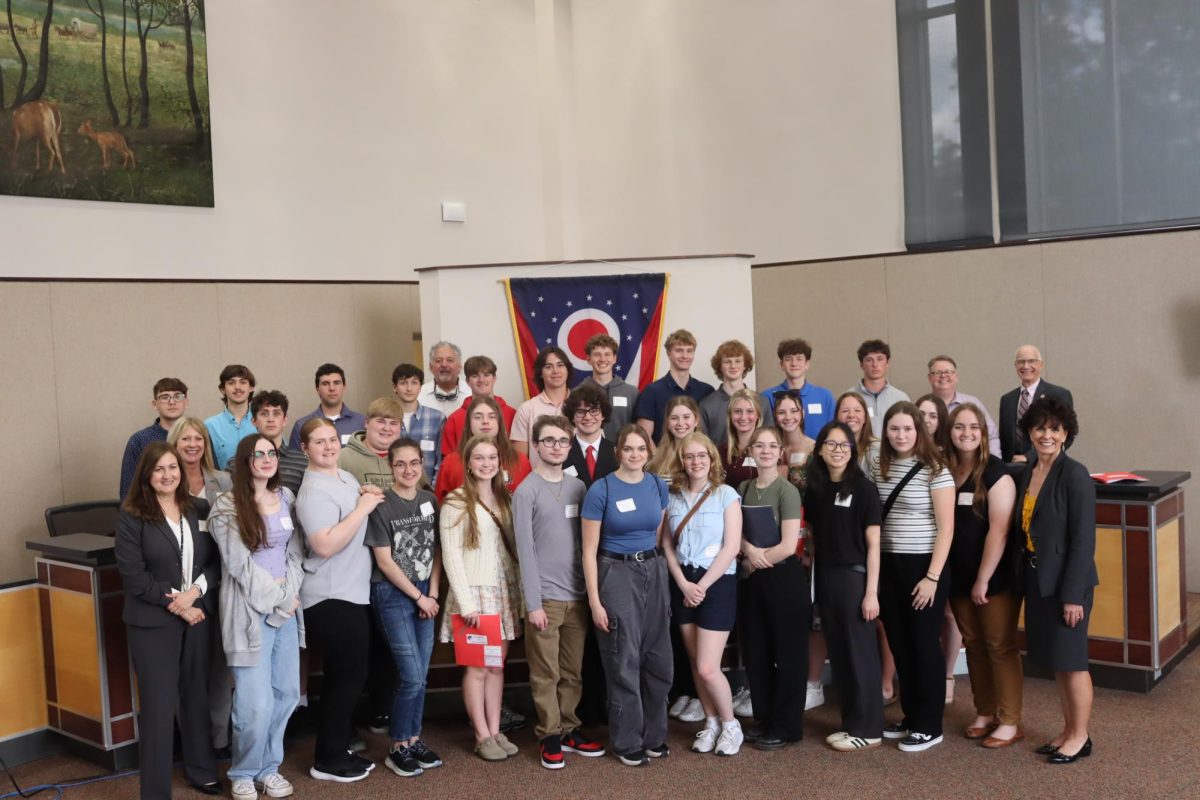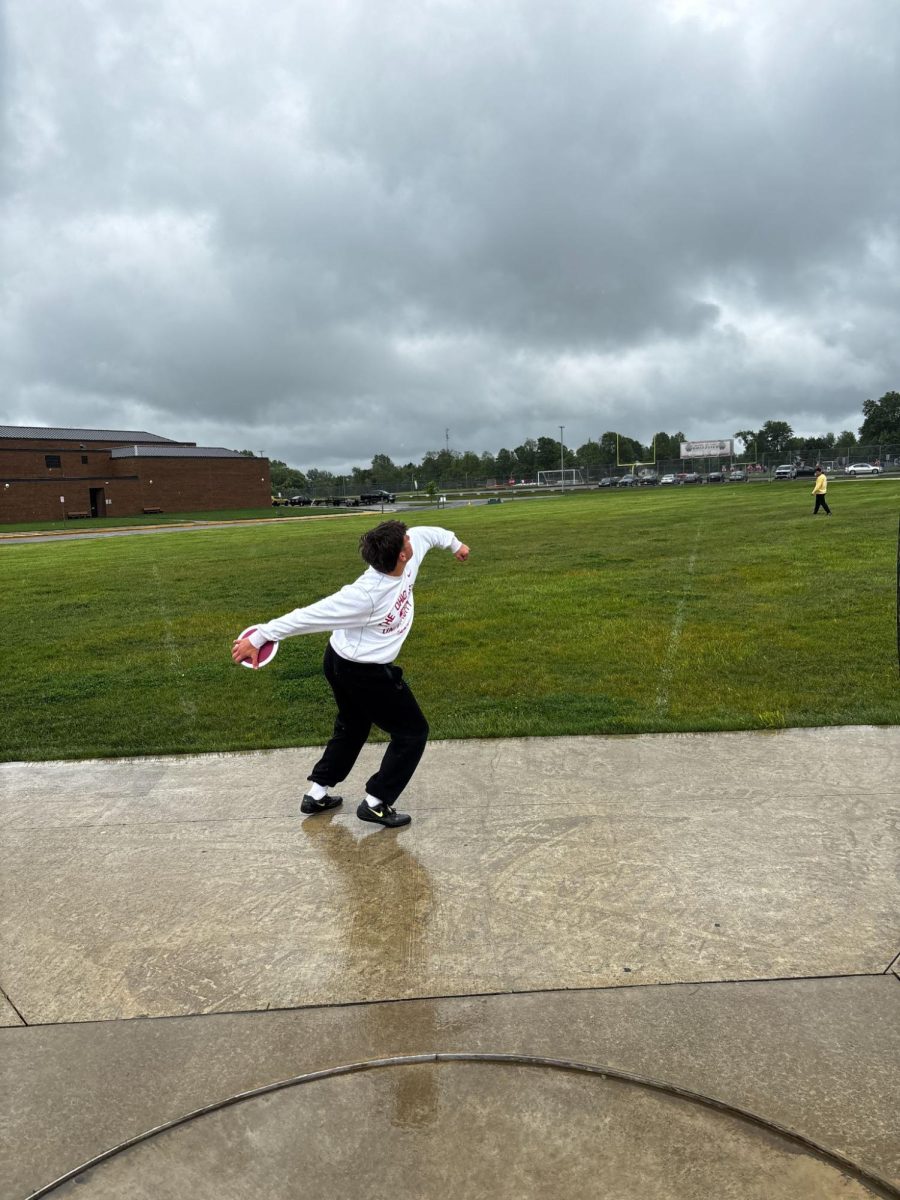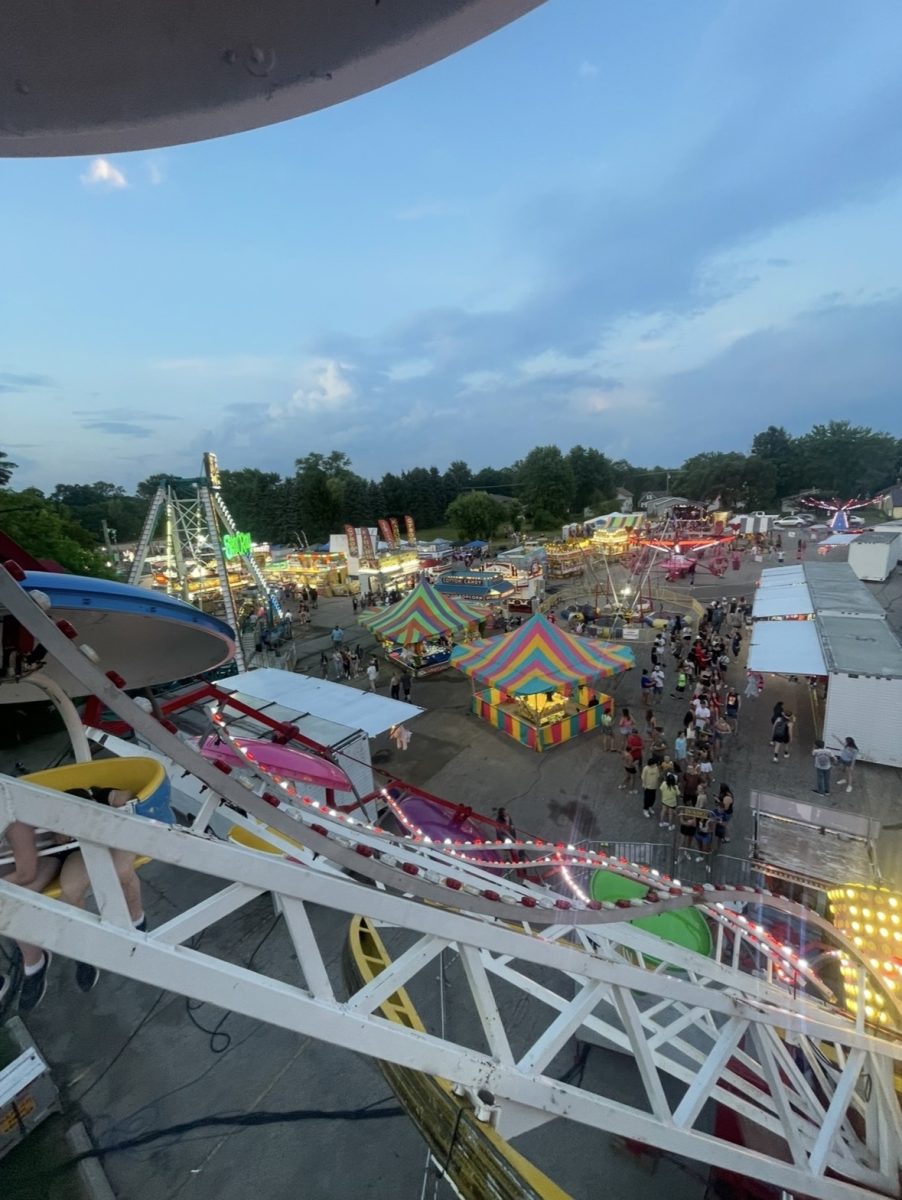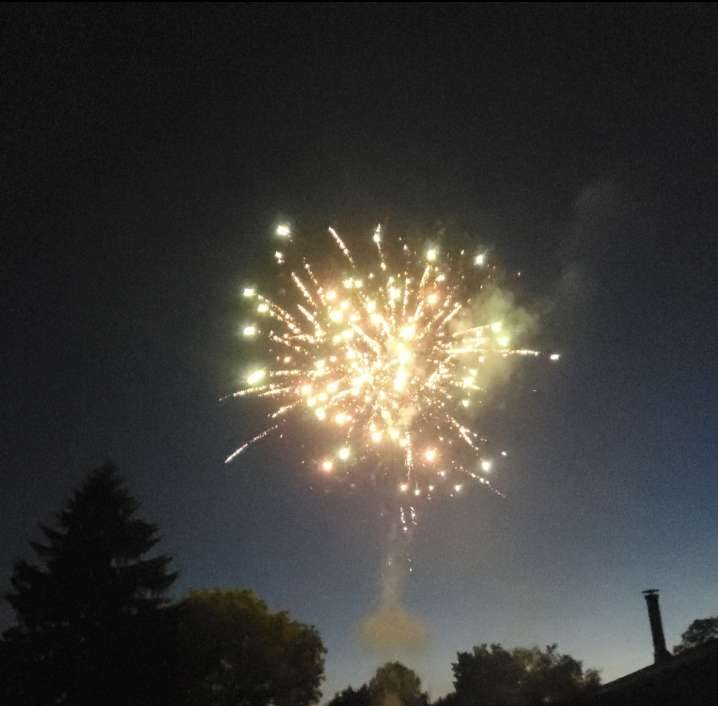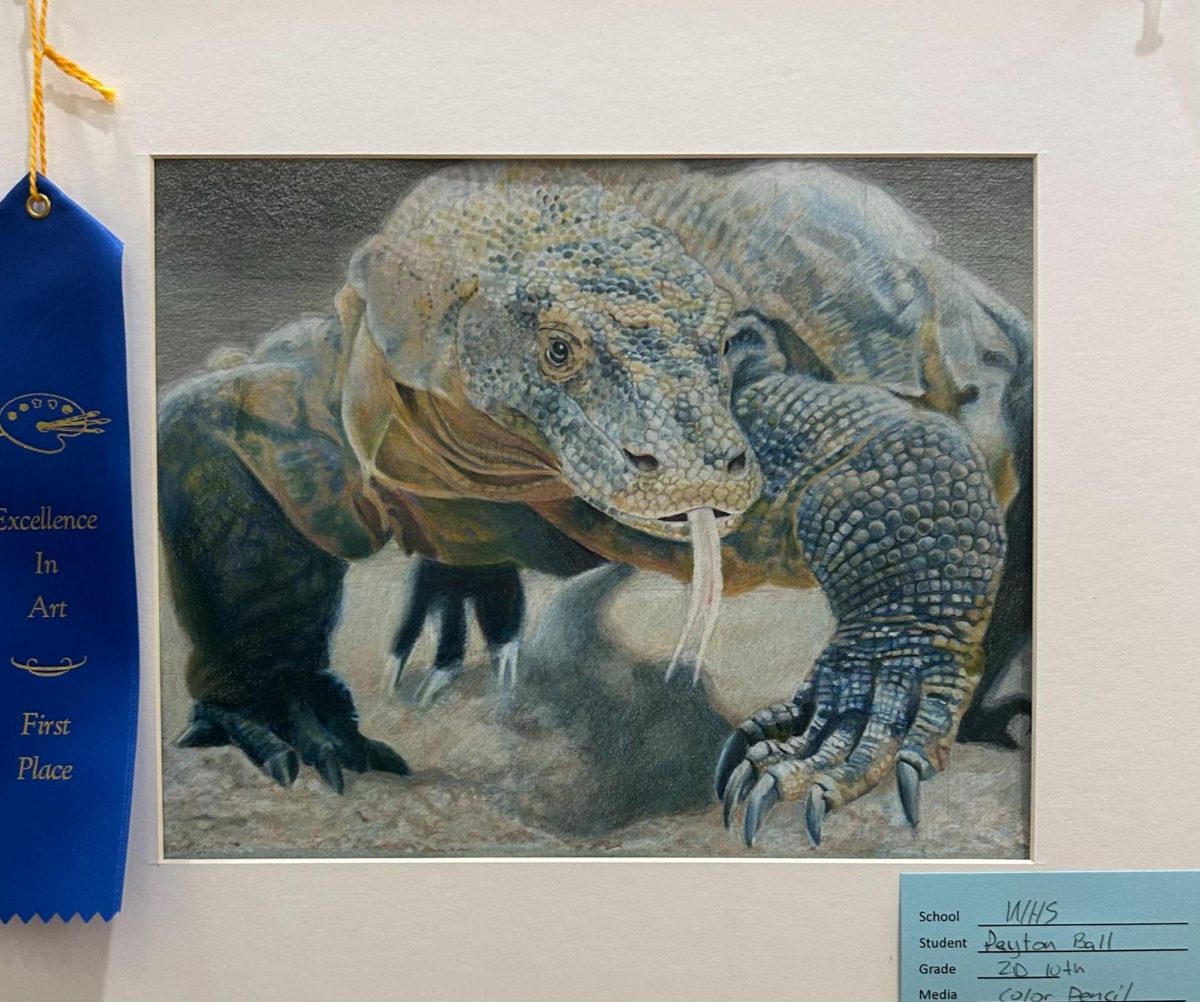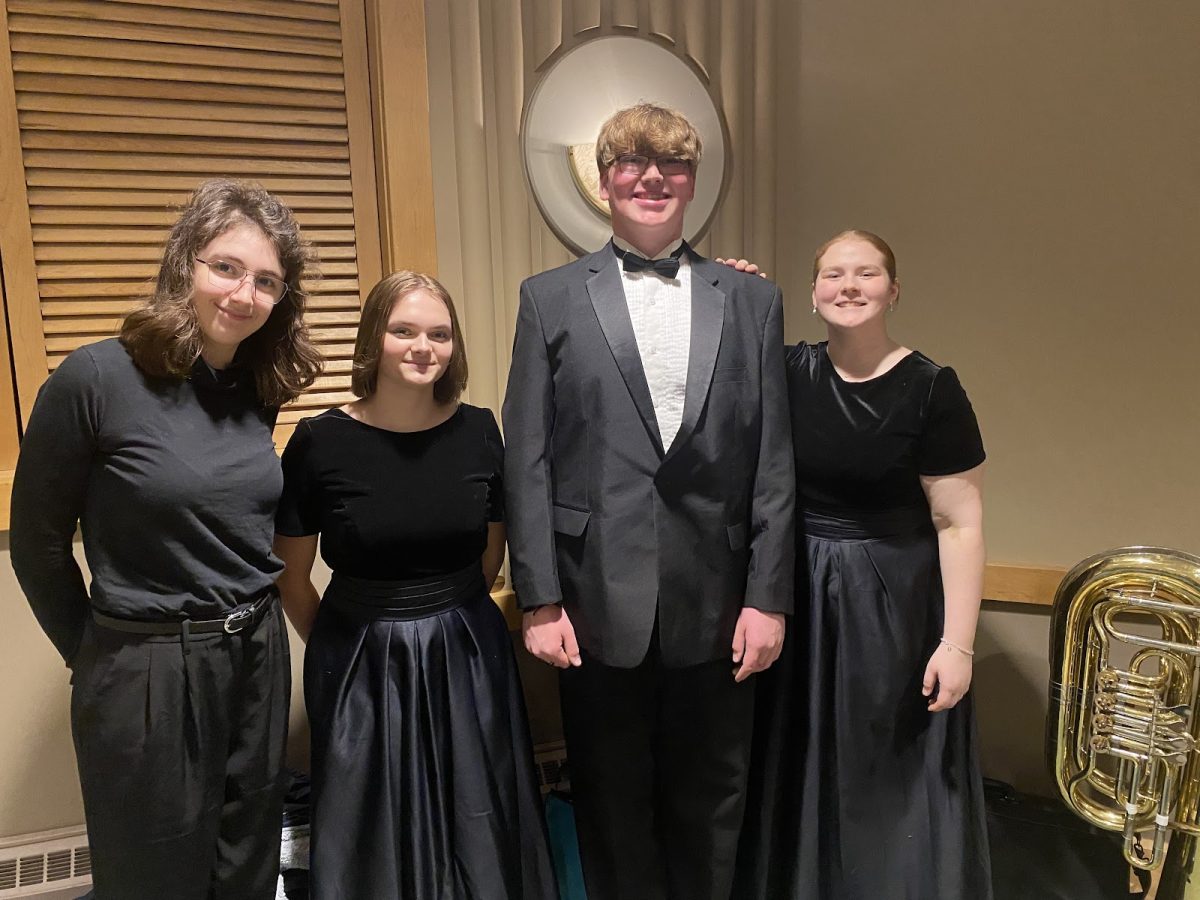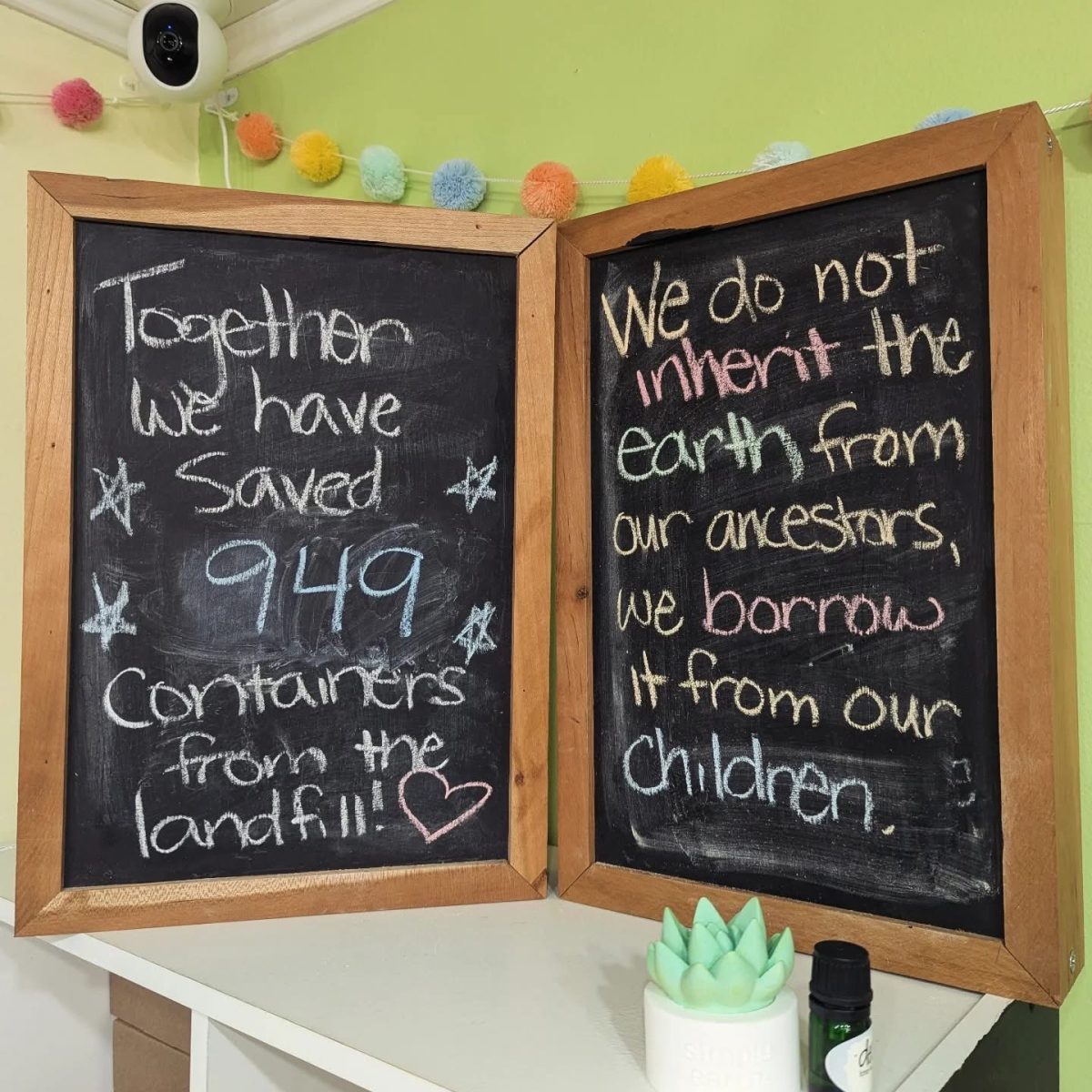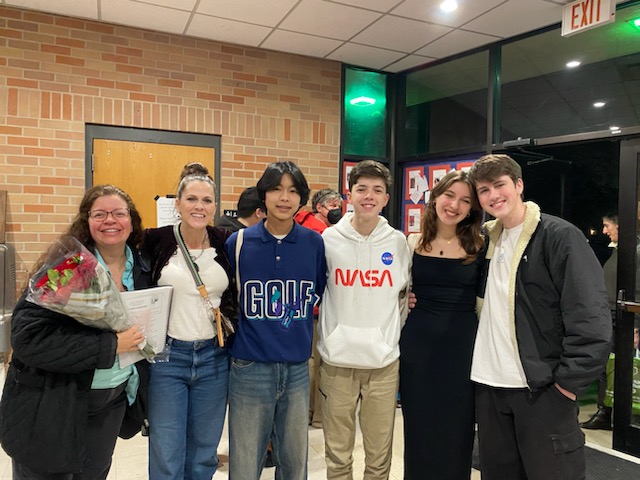From snow-capped mountains to low glacial valleys, the natural beauty the National Parks of the United States have to offer is unlike any place on earth. Ever since the establishment of Yellowstone National Park in 1872, National Parks have become a spectacle to show off for the United States and for many countries across the world.
There are a total of 429 National Park units run by the National Park Service, such as National Monuments, National Lakeshores, National Landmarks, and more, but there are only 63 official National Parks in the U.S. and each one needs help to upkeep the picturesque beauty of the parks. With a total of over 20,000 National Park Service employees, every single worker has their own role in keeping the park in its prime.
“One big misconception about park rangers is that we’re all the same and we all do the same thing,” said Connie Lau, Education Ranger at Yosemite National Park. “Absolutely not, especially at a really, really big park like Yosemite. We are very sectioned out to our jobs.”
Lau specializes in educating the community surrounding Yosemite about the park and everything it has to offer to its visitors.
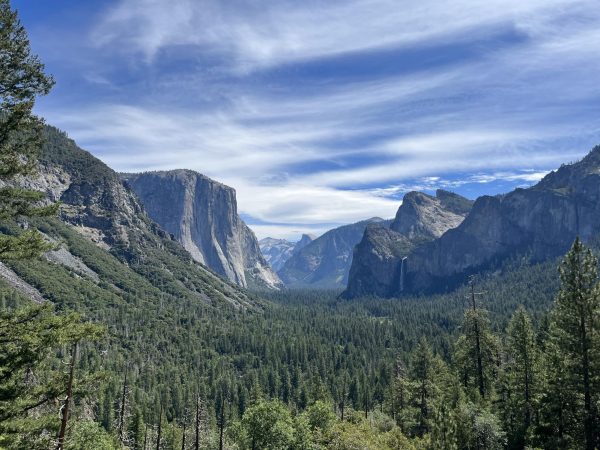
Yosemite National Park is located in east-central California and hosts over three million people each year, including students from the surrounding areas.
“We have two elementary schools in the Valley and one in Wawona [a city within Yosemite National Park],” Lau said. “We do programs for them every month or so.”
Part of Lau’s duties as an Education Ranger is to educate students about the park to get them interested in the park and uphold the future of the conservation of Yosemite because the younger generation will be the next people to support the future of Yosemite, and National Parks in general.
“We [just] had 176 students come through,” Lau said. “It was our first field trip of the year for our fourth-grade students. We have field trips for every single fourth-grade student in Merced County [county surrounding Yosemite National Park]. We have 13 schools that come between [March] and April, so it’s really hectic.”
All National Park Rangers come from all backgrounds and walks of life and can be put into many different jobs with different duties to fulfill at the park.
“Most people with the education team have some sort of education background,” Lau said. “I was a high school teacher. I taught high school in Los Angeles for seven years.”
Lau said her love for National Parks really took flight in her college years when she was able to do the Junior Ranger program. The Junior Ranger Program is a program throughout the National Parks Service in which someone interested in the National Parks will complete a series of activities made by the Parks Service, share them with a Park Ranger, and earn a Junior Ranger patch and certificate.
“I started doing [the Junior Ranger Program] in my twenties,” Lau said. “Any age can do those and so I started collecting all of them.”
The Junior Ranger Program helped elevate Lau’s interest in National Parks and they were one of the reasons Lau wanted to become a Park Ranger.
“Every time you do a Junior Ranger Program, you have to go to a ranger talk and I just remember seeing all those rangers do those talks and I [was] like ‘You guys are just teachers, but in the most beautiful places in the world,’” Lau said.
After the COVID-19 pandemic, Lau was ready for a change after teaching students online for months, so when she saw an opening at Yosemite National Park, she applied.
“Yosemite had just opened a Chinese Laundry Exhibit to talk about the Chinese history in Yosemite,” Lau said. “I’m Chinese-Vietnamese and seeing that representation in the park was really cool and knowing that I could tell that story to visitors was really cool.”
Besides educating visitors who visit Yosemite National Park, Lau helps advertise the park to the public and gives light to minorities in the parks.
“I am in a community engagement team as well,” Lau said. “I do a lot of the outreach to folks that are underrepresented in the parks and also lecturing inclusive stories as well. I work with Yosemite Pride, I work with the Obata Art Weekend, I work with our social media team and all logistics that go into it as well.”
Yosemite National Park hosts many different activities for visitors throughout the entire year, one being the Obata Art Weekend, which celebrates the life and work of Japanese-American artist Chiura Obata.
“The Obata Art Weekend is a weekend of celebration of his life, so we have artist workshops, we have local artists come in and teach visitors how to do different things, inspired by Obata,” Lau said. “We have a social hour where we have a whole bunch of interactive art. I [lead] a silkscreen demonstration of art, and I just remember doing that when I was a teacher, and then doing that as a ranger was really cool. I think it’s a really beautiful celebration of this history that’s not talked about as much, but is a really cool part of Yosemite.”
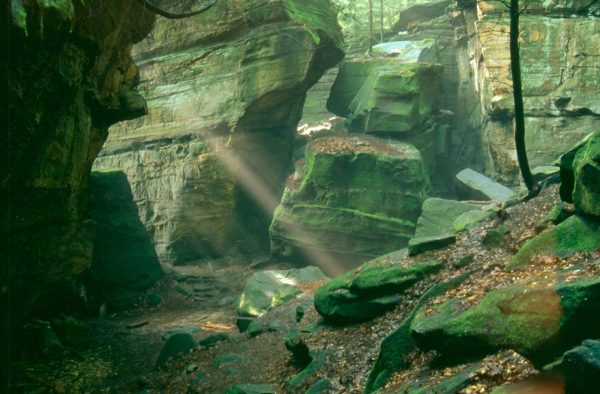
While most National Parks reside in the western half of the United States, many National Parks are in the eastern United States. Each park runs differently to fit the needs it has. A park with a dry, hot desert climate, such as Joshua Tree National Park in southern California, is going to need different necessities than a park with a wet, rainforest climate, such as Olympic National Park in Washington.
Cuyahoga Valley National Park in Ohio has many different aspects than Yosemite National Park, and so each park requires a different amount of staff, different budgets, and different conservation needs.
“[Yosemite and Cuyahoga Valley are] completely different ecosystems,” Lau said. “We have so many different habitats in Yosemite, so we have vegetation crews and people who are working making sure the plants are okay, all the animals are okay, and they are looking at all the different habitats at Yosemite, because we have mountain area, we have low valley area, we have rivers, we have lakes. That’s one big difference [between the two parks] is that we have so many different ecosystems and habitats to look after.”
The amount of land in each park matters as well for the upkeep because a smaller park will need less hands-on work than a larger park with more area to conserve.
“We’re also a way bigger park [than Cuyahoga Valley National Park],” Lau said. “We’re not top visitation, but we’re top five, and so I think that definitely changes [the park’s maintenance].
Staff sizes at each park matter as well for the park’s well-being. Some parks have less staff than others because there is less need for help.
“The staff [at Yosemite National Park] is a lot bigger,” Lau said. “I know we have around 350 Park Rangers who work year-round, and during the season we’re around 700, so we’re a pretty, pretty big staff compared to other parks. Some other parks are running by 10 [or] 20 people and that’s one whole team or division for us.”
From the perspective of a Park Ranger at Cuyahoga Valley National Park, they deal with more introductions to the National Parks whereas in Yosemite National Park, many people have either been to the park or at least heard the park title before.
“Because of where we are positioned in the state, we have a lot of intercity kids that come to [Cuyahoga Valley National Park], this being the first National Park they’ve ever heard of or even been at,” said Kerry Muhl, Education Technician at Cuyahoga Valley National Park. “A large part of our education is making sure that they understand the importance of the outdoors and being environmental stewards. If this is their first experience being in a National Park, this is kind of like what makes or breaks their idea of the National Park Service and so our hope in educating them about this is to educate them that there are 429 places throughout the country that they could go and visit. Hopefully, as they get older, they have the ability to be able to do that.”
According to Muhl, the Park Rangers at Yosemite National Park focus more of their time on explaining the natural wonders of the park to visitors and all that the park has to offer, whereas Park Rangers at Cuyahoga Valley has less to show off, and more to inform.
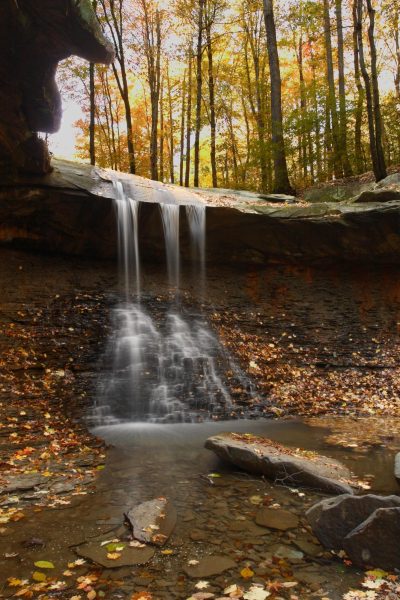
“The day itself would more than likely be very similar to my position, only obviously the sight itself is very different,” Muhl said. “Yosemite has massive mountains and really large waterfalls and bear[s] and large animals. Their more iconic scenery is something that they would be educating about. Whereas here, we do a lot of climate change education, watershed education, talking about our clean water and our Cuyahoga River that burned many times and talking more about the ecosystem.”
Knowing the benefits of the National Parks can lead people to want to help conserve the park and uphold its value later on, and it starts with informing the public.
“Being in an intercity environment, it’s a lot of asphalt,” Muhl said. “Some of the kids come out here and this is the first time they’ve seen forests, and their idea of forests are scary things. So wanting them to come out here and realize that these are beautiful places and that if we protect them, we protect a lot more than just that place. We protect a way of life, we protect our oxygen, we protect a lot of different things that we rely on as humans in order to live.”
Muhl works with many different kinds of people, from young students to college students who take the park’s residency program, where they stay in the park for multiple days and learn about what the park has to offer.
“I work inside the National Park but I work at the Cuyahoga Valley Environmental Education Center,” Muhl said. “A large part of my duties is to teach kids who come in for both day programs, [where] we go out into the park and [when we have] schools come in and do different two-hour programs. I also do what we call resident programming. The Education Center has dorms here on campus, so we have kids come from anywhere to stay for two days to four days. [We are] taking them around, doing different programs on environmental education.”
Muhl’s job requires a very hands-on approach, where she goes out into the park and informs people about how the Park Rangers maintain the ecosystems at Cuyahoga Valley National Park.
“The rangers here at the Education Center work from 8 A.M. to 4:30,” Muhl said. “What typically happens is we come in the morning, we check our emails because you never know what’s going on in the world, and then usually we have a school group whether it’s one of the school groups or resident programs. We might go out to places like our Ledges area or our Canal Exploration Center to do programs on our cultural history. The afternoon is spent preparing, doing different things that need to get done as far as program supplies, pre-hiking trails, making sure things are safe on the trails that we’re gonna be going on.”
According to the National Park Service, in 2023, there were 325.5 million visitors to the 429 National Park sites, and that would not be possible without the help of the park rangers who work there. All of their work put into the parks keeps the pristine beauty and history of the park alive and continuing into the future.

![Wadsworth's Class Of 2025 Walks At Graduation Ceremony [Photo Gallery]](https://wadsworthbruin.com/wp-content/uploads/2025/05/IMG_9018-1-1200x800.jpg)

